Why I Keep Going Back
After many of my patients asked about my upcoming medical mission trip to the Ecuadorian Amazon, I wanted to take a moment to share.
How It All Began
Since 2017, I’ve led a group of volunteers to Ecuador each year as part of Project Nido—Spanish for “nest.” What began as a simple mission to bring women’s healthcare to underserved communities has grown into something much deeper: a commitment to listening, learning, and returning. Again and again.
Our work began with a partnership with Partners for Andean Community Health (PACH) and FIBUSPAM Hospital, both dedicated to serving Ecuador’s rural and Indigenous populations. Their patients’ stories stay with me long after I return home—and they’re the reason we keep going back.
In 2016, after a devastating earthquake struck Ecuador’s coast, PACH received a grant from the American Academy of Physician Assistants to deliver medical relief. They had the supplies, a mobile clinic packed into a bus, and a route planned. What they didn’t have was a provider focused on women’s health.
At the time, I had two small children at home, spoke only high school Spanish, and had never done international medical work. But I said yes. I packed my altitude sickness meds, boarded a flight, and landed in a community with no electricity, 90+ degree heat, and one concrete building still standing. Villagers were told to walk, ride horses, or find transport—because for three days, medical care would be available.
I wasn’t prepared for the line waiting for me.
Why? Because I was the only female provider—and many of these women had never seen one before.
We were in a large building with no exam rooms. No privacy. So I listened. Again and again, women described getting “sick” once a month—abdominal pain, nausea, dizziness, fear. It took me a while to realize: they were describing their periods.
They didn’t know what menstruation was. Some thought they were bleeding from an illness. Others believed they would eventually “run out” of blood—and that would be how they died. With no access to pads, many missed school or work for a full week each month.
That was the moment I knew: this couldn’t be a one-time trip.
Growing the Mission: Menstrual Health & Charlas
Since then, we’ve returned year after year, growing our team and expanding our mission. One year, I joined medical students and alumni from Temple University. Another time, I was joined by post-college grads applying to become physician associates and medical school. Our teams are always diverse, but our goals remain the same: listen, educate, and serve.
One of our most meaningful initiatives has been the creation and distribution of menstrual health kits, each including reusable menstrual underwear and cloth pads, reusable hot/cold packs for cramps or joint pain, herbal remedies like ginger and cinnamon, instructional guides in Spanish and Kichwa, gentle yoga stretches for relief, and toiletries and small comfort items.
We pair these kits with charlas—informal women’s chats where we talk openly about menstruation, cramps (yes, the uterus is a muscle), and how to manage symptoms using tools already available in the community.
Each year, the charlas grow—more questions, more laughter, more empowerment. And every time we hand a woman her kit, we’re offering her more than supplies. We’re offering dignity, knowledge, and ownership of her health.
Last Year’s Breakthrough: Screening and Saving Lives
Last year was one of our most impactful trips yet.
Thanks to another grant from the American Academy of Physician Associates, we brought a digital colposcope and thermal ablation device—tools that allowed us to both screen for and treat precancerous cervical cells on the spot.
I hand-carried the equipment through TSA, customs, and across the Andes. We created a mobile gynecology clinic in a dark, electricity-free schoolhouse—powered only by headlamps and sunlight.
With the help of two remarkable young volunteers—a high school student and a Princeton undergrad—we screened 40 women in two days:
- 26 had cervical abnormalities
- 15 received immediate treatment with thermal ablation
- Two were more serious cases and transportation was arranged for them to go to FIBUSPAM Hospital, six hours away, for biopsy and possible surgery.
It may sound like a small number. But those 15 women just gained 20 more years of life—in places where Pap smears are rare and cancer is diagnosed too late.
What’s Next
We’ll keep going back. With more volunteers. More equipment. More education. We’ll keep talking about menstruation, reproductive health, and cancer screening. We’ll keep training the next generation of providers to listen—really listen—to what’s being said and what’s left unsaid.
Because once you see what’s possible, you can’t look away. And once you’ve seen what’s missing, you can’t stay home.
But Project Nido has always been about more than just healthcare. It’s also about planting a seed—especially in the hearts of young adults.
A core part of our mission is to expose students and early-career professionals to meaningful service, in the hopes that they “catch the bug.” No matter what path they pursue—medicine, law, business, or the arts—we want them to carry forward the mindset of giving back, of staying rooted in compassion and justice.
Because when you expose young people early, it stays with them. It imprints. You light a match, and sometimes you ignite a lifelong fire.
Our hope is that Project Nido not only brings healing to underserved communities, but also helps build a future generation of leaders who see service not as a task to complete, but as a way to move through the world.
Nidhi Reva, is Founder, Project Nido and Director of the Kaplan Center’s Long COVID Clinic.

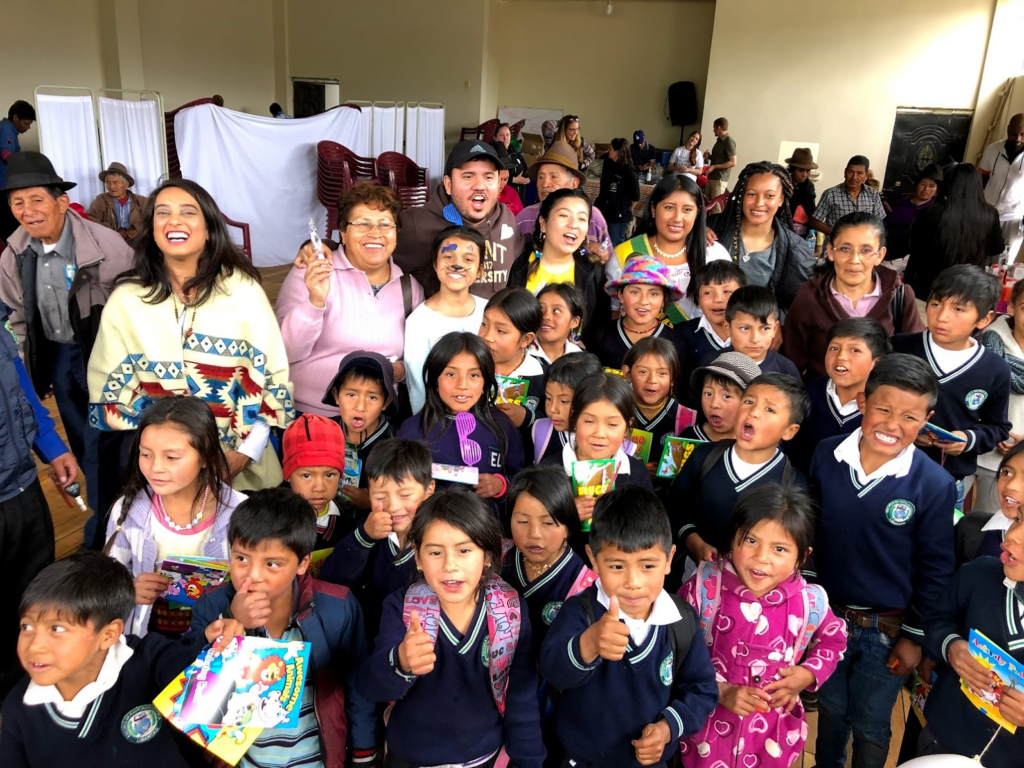
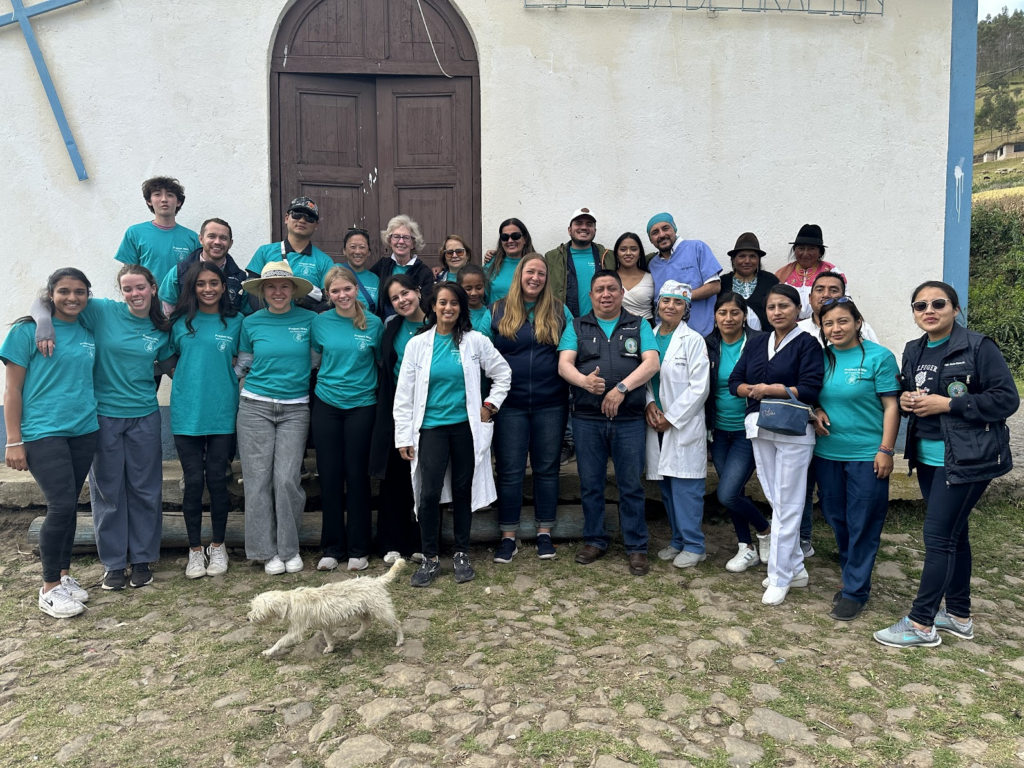
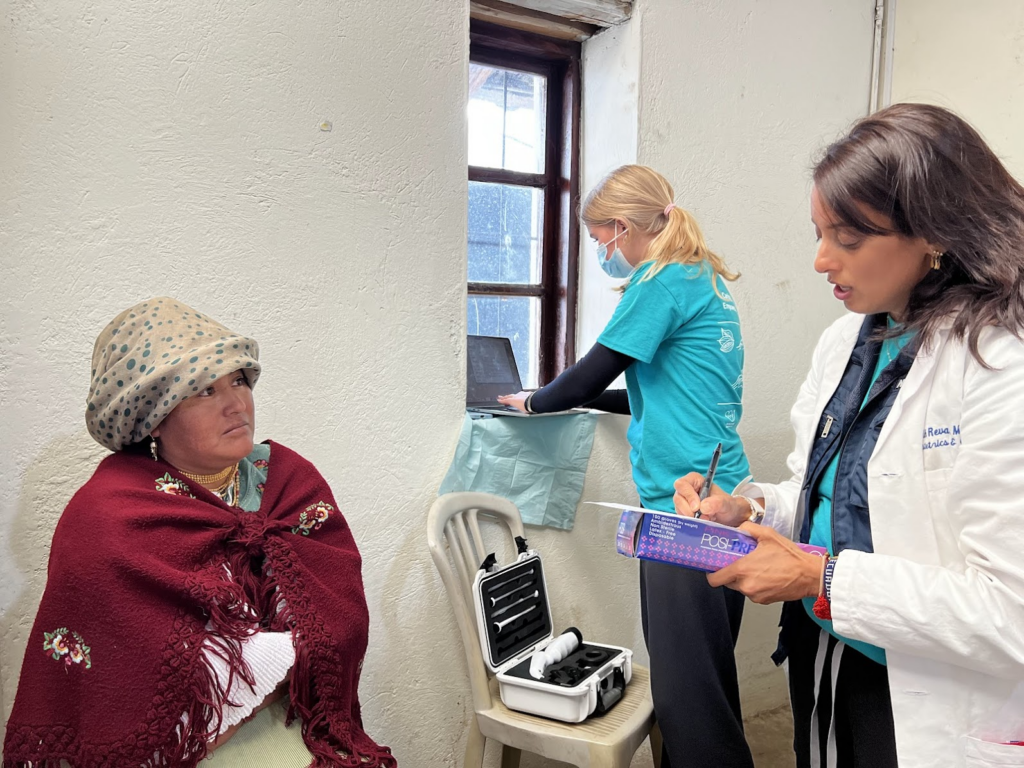
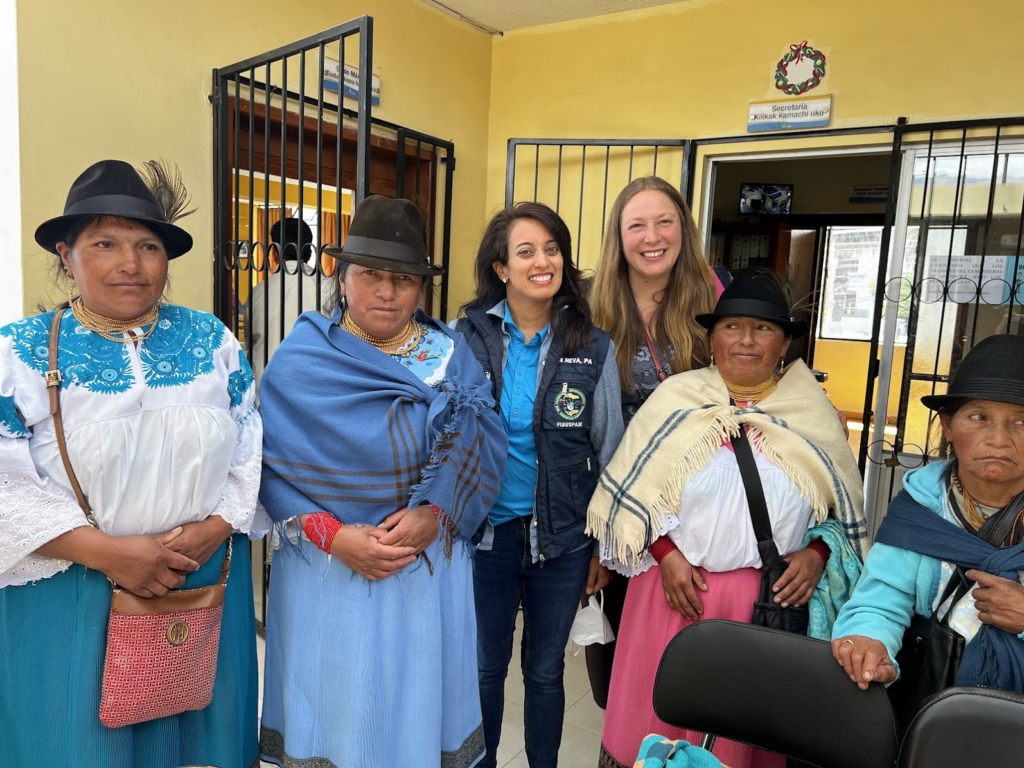
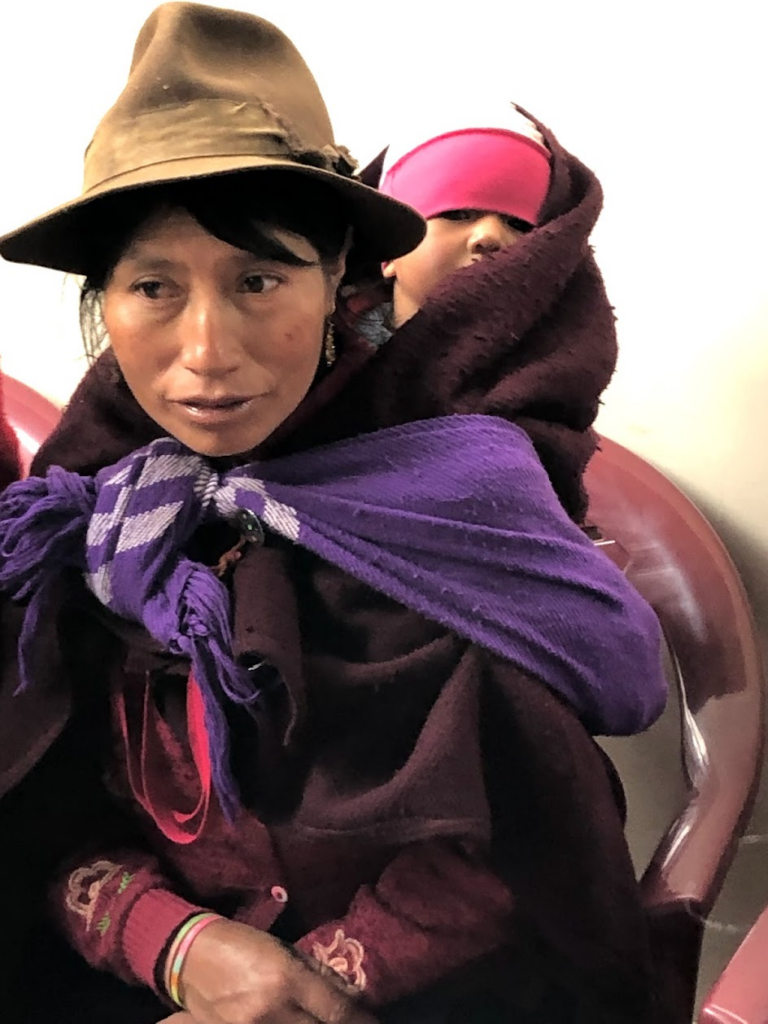

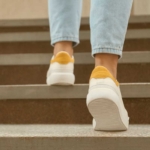
Leave a Reply
Want to join the discussion?Feel free to contribute!